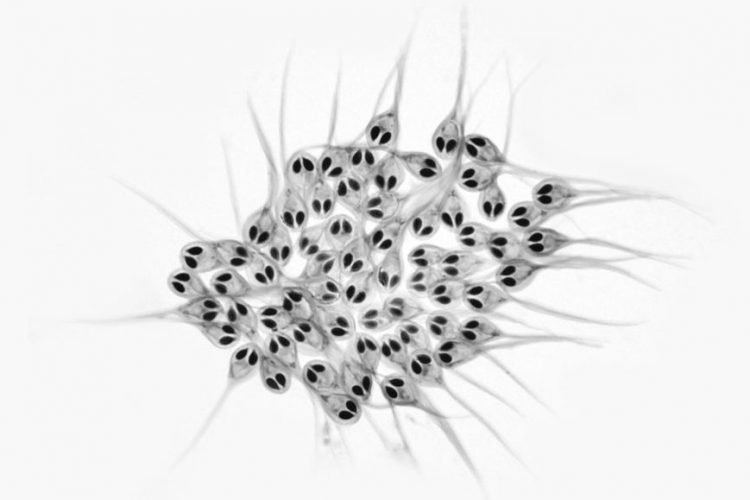In the pinkish muscle of some Pacific salmon lives a distant cousin of jellyfish that
thrives without working mitochondria, the energy-producing part of cells thought
to be a cornerstone of animal life, a study suggests.
About 2 billion years ago, the ancestor of all eukaryotes
— the large group of organisms with complex cells that includes everything
from maple trees to manatees — engulfed a bacterium, striking up a mutually
beneficial relationship (SN: 2/14/20). Eventually, this bacterium evolved into mitochondria,
the cellular machine that converts food and oxygen into energy, a process
called aerobic respiration. Mitochondria retain many of the instructions for
aerobic respiration in their own genome, separate from an organism’s DNA housed
in a cell’s nucleus.
While a few single-celled eukaryotes have
adapted to low-oxygen environments by ditching their mitochondrial genomes, rendering
their mitochondria useless, scientists had assumed that more complex animals
couldn’t get by without them. But a parasitic
cnidarian can, researchers report February 24 in PNAS. This cnidarian — a group of animals that includes jellyfish
and coral polyps — may challenge biologists basic assumptions about what
animals can do.
Dorothée Huchon, an evolutionary biologist at
Tel Aviv University in Israel, and colleagues analyzed the genomes of members
of a large and peculiar group of microscopic, parasitic cnidarians called Myxozoa,
and found that one species’s mitochondrial genome was missing. Microscopy
revealed mitochondria-like structures within Henneguya salminicola, though the researchers
doubt they are capable of aerobic respiration.
The loss may be an adaptation to H.
salminicola’s low-oxygen environment. Like other Myxozoa, it jumps during
its life cycle between two hosts — fish, specifically salmon, and annelid worms.
In addition to shelter, the parasite also may be able to rely on its hosts for
energy, instead of its own mitochondria. Shedding unnecessary and cumbersome
DNA through evolution might have helped the parasite save energy, giving H. salminicola a leg up over its
mitochondria-filled Myxozoan cousins.
While biologists think that mitochondria are the
essential powerhouses behind eukaryotes’ more complicated lifestyles, Huchon
says this study shows that things may not be so simple. “Evolution can take
life in funny directions,” she says.

